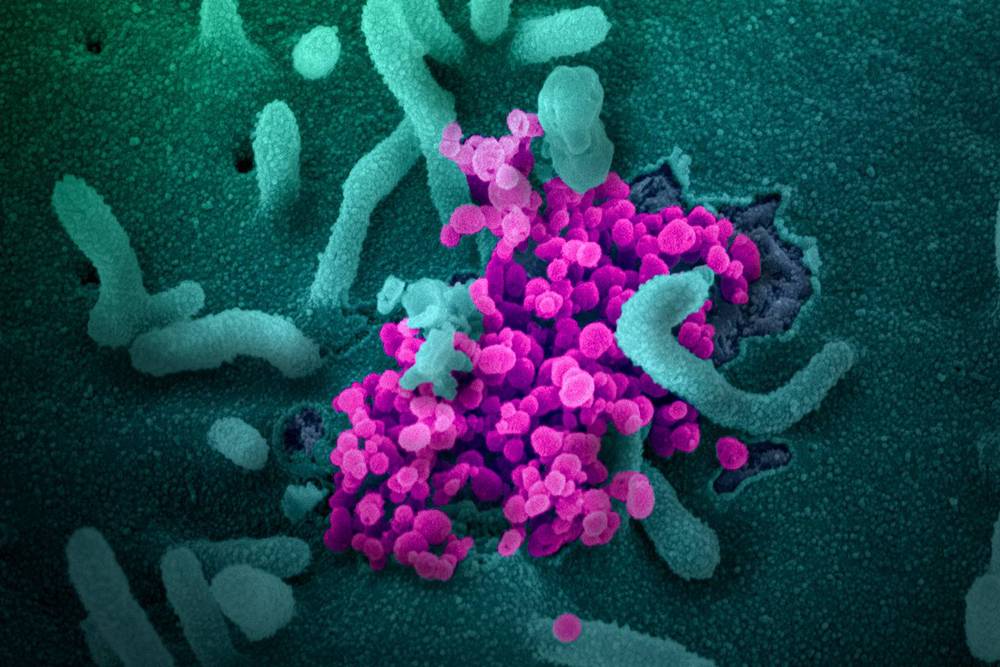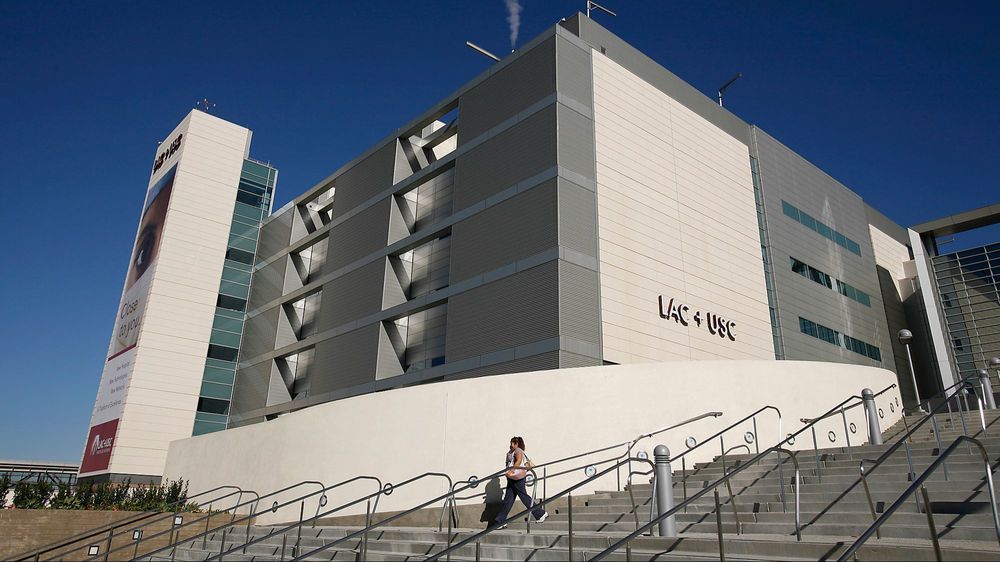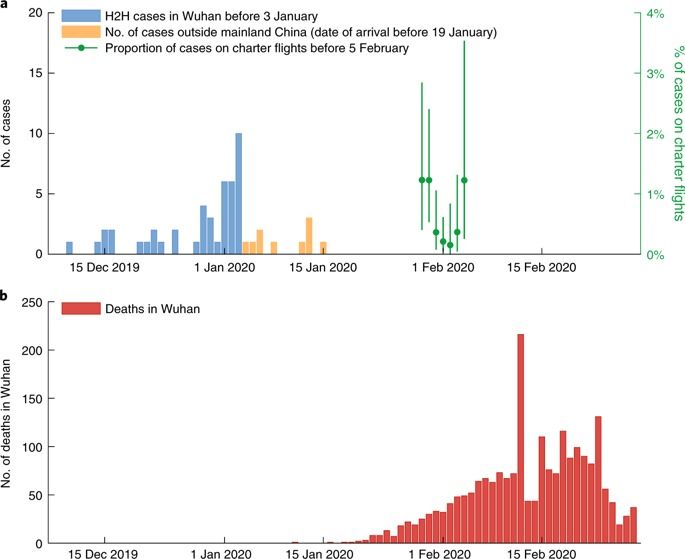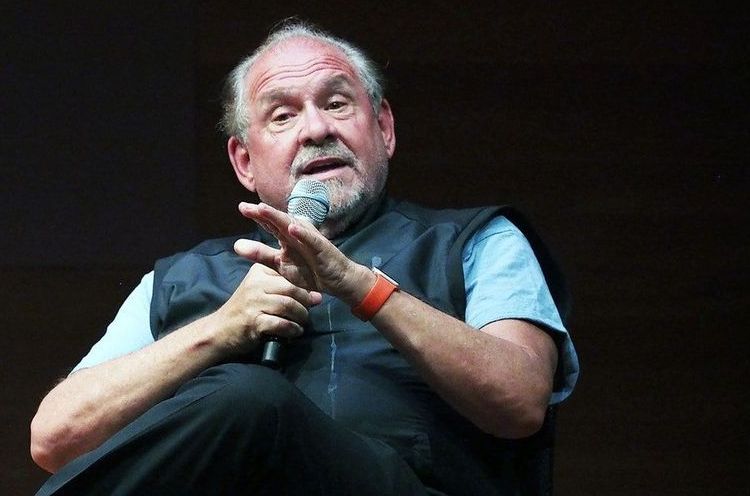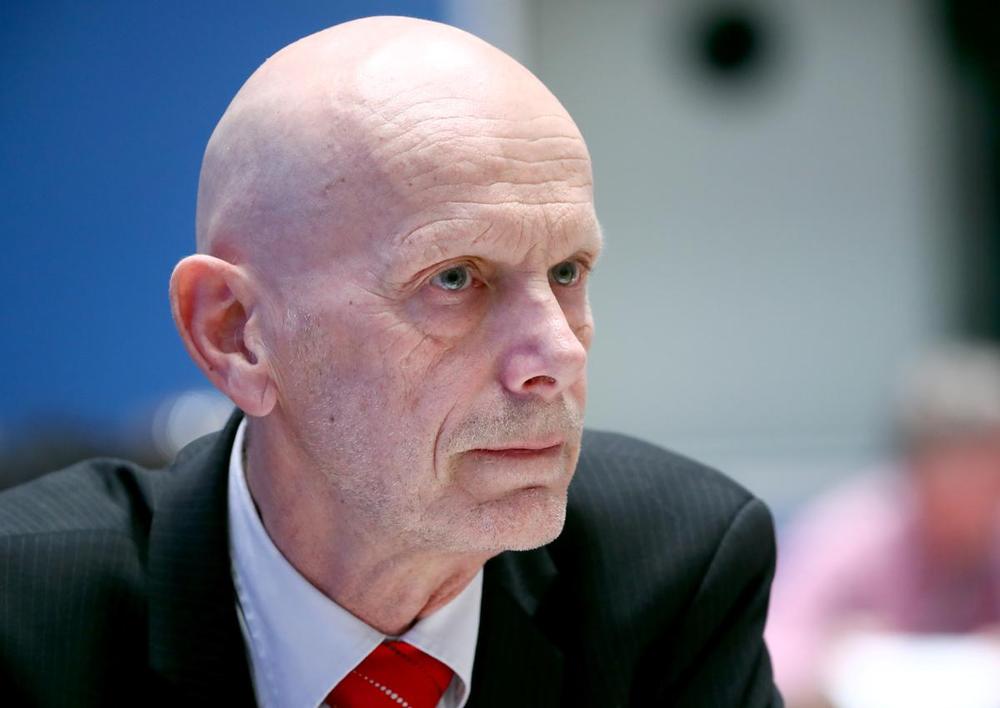At least five downtown Denver hotels have closed temporarily to stem the coronavirus spread, and the statewide industry is bracing for a hit that could lead to as many as 72,000 job losses in a sector that produces a $13.4 billion annual gross domestic product statewide.
While only a handful of mountain resorts had shut down by early this week, that number has ballooned in recent days as hotels across the metro region are reporting vacancy levels below 10% during a month many had predicted would be record-setting, Colorado Hotel and Lodging Association President/CEO Amie Mayhew said. Among those that have announced they will shutter until May 11 or 12 are the Grand Hyatt Denver, the Oxford Hotel, the Crawford Hotel and The Maven Hotel at Dairy Block.
All of those except for the Grand Hyatt are operated by Sage Hospitality Group of Denver, whose CEO, Walter Isenberg, issued a letter Thursday saying he’d made “the very difficult decision to temporarily suspend business operations at a portion of our hotels and restaurants in order to protect the health and safety of our guests, our associates and our communities.”


